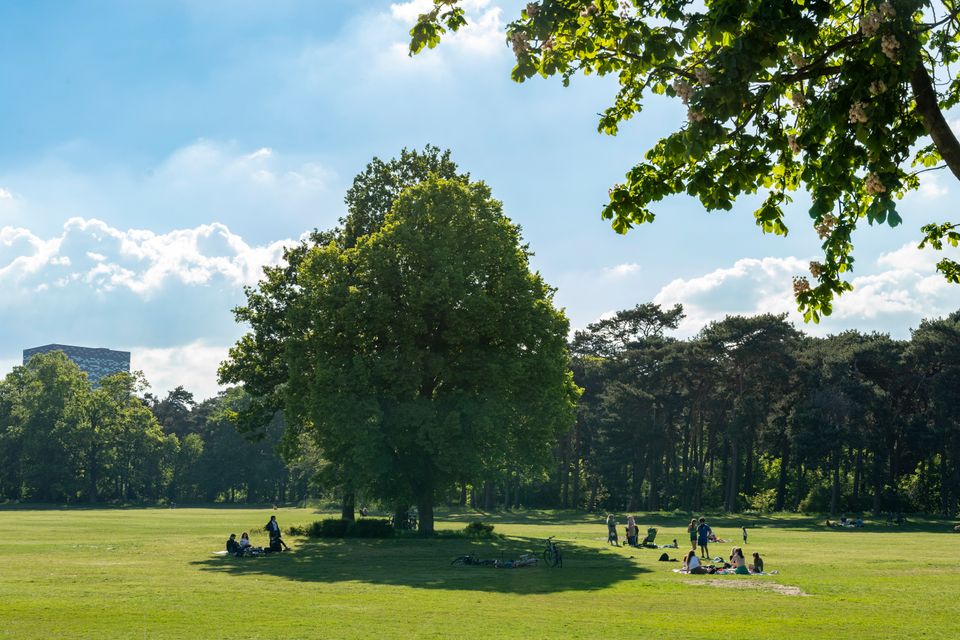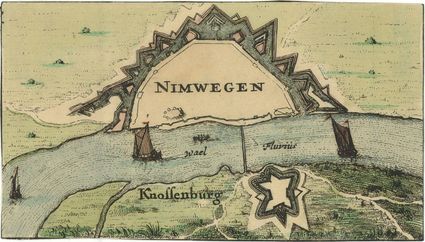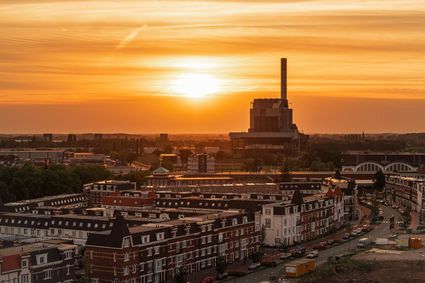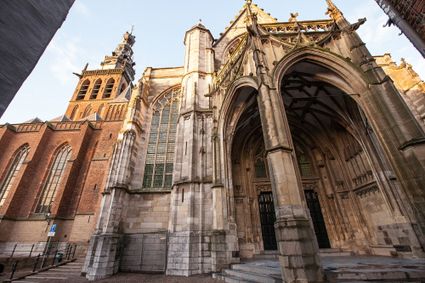Goffertpark, Nijmegen and unemployment
Nijmegen is bursting at the seams with historical stories, ranging from leading figures to ordinary people, from neighbourhoods to political events. The Canon of Nijmegen encompasses the most important stories about Nijmegen’s history. One of these stories tells the tale of the Goffertpark. In 1930, sixty hectares of forest and heathland were transformed into a spacious city park by the efforts of Nijmegen’s unemployed, equipped with sports fields, a stadium, a teahouse, and a zoo, among other things. The new Goffertpark opened to the public on Saturday July 8th, 1939.
Like many other Dutch cities, Nijmegen had been hit hard by the global economic crisis in the 1930s. The number of unemployed people in Nijmegen rose to 29 percent, with more than half the of the labourers in the Benedenstad being unemployed, while the costs of supporting your family skyrocketed. The State tried to keep employed by means of large projects concerning hydraulic engineering, road construction, dyke reinforcement or park construction. This often involved heavy physical labour, and the labourers were compensated with a maximum of seventy percent of the normal wage. This way, unemployed people from Nijmegen also helped in the construction of the Maas-Waal canal as well as the Waal-bridge.

1935: construction of the city park
Plans for the Goffertpark were part of the General Expansion Plan for Nijmegen, drawn up in the early 1930s by urban planner A. Siebers. This expansion plan included a network of ring roads and radials, connecting to the canals around the old city, and the addition of green spaces, parks, and playgrounds to existing neighbourhoods. In the Southwest part of the city, around the former de Goffert-farm, a large public park would be created to foster recreational and sporting activities. Other parks of the same kind were also added to other cities, like the Amsterdamse Bos and the Zuiderpark in the Hague. At the insistence of mayor J.A.H. Steinweg, the State assumed responsibility for the construction costs of the Goffertpark, because the city would be providing its citizens with work. Starting in the Spring of 1935, over 160 unemployed people were able to work at the Goffertpark for a pay of 35 cents an hour. Although the natural slope of the terrain was considered during the construction of the park, 600.000 cubic meters of sand still had to be moved. In order to put as many people to work as possible, this wasn’t done by excavators, but instead with shovels and wheelbarrows. The toughest job by far was digging the six-meter-deep pit in front of the stadium, which earned it the nickname of “the blood pit.”
This stadium, equipped with an athletics- and cycling track, became the home of soccer club N.E.C. after 1945, as well as various events and performances. In 1999, sixty years after its opening, the park and stadium were thoroughly renovated and modernised.
Immerse yourself in the rich history of the oldest city in the Netherlands, because Nijmegen has a lot of stories to tell you. Curious? You can read all about it in this historical timeline.



